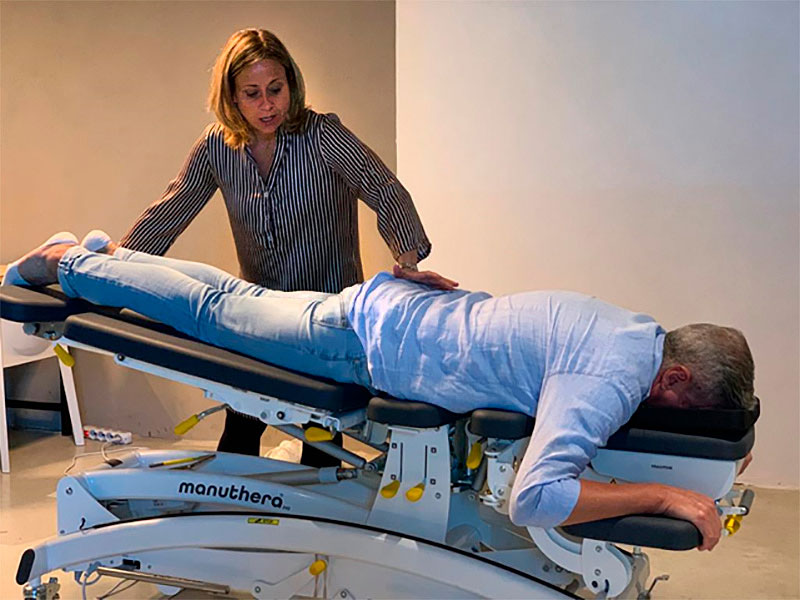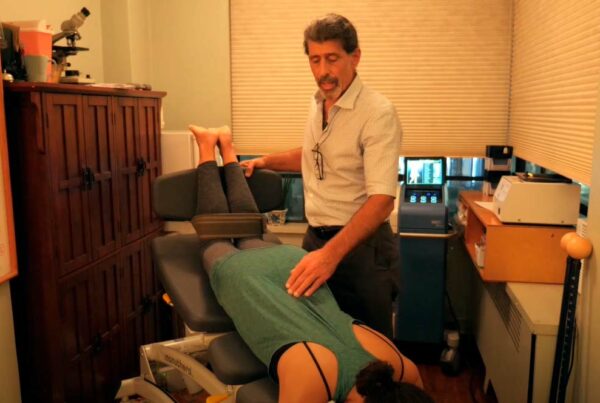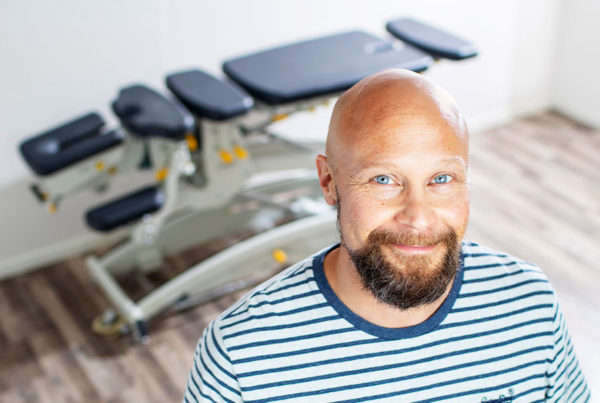My name is Anastasia Forcolin. I have been a doctor of Physiotherapy since 2003 and I work in Italy.
In 2007, I obtained the Master of Manual Therapy and musculoskeletal rehabilitation at the University of Padua. I have been improving my skills of clinical reasoning and the practice of manual therapy techniques over the years in Italy and abroad.
My clinical practice is based in Padua. On a daily basis, I evaluate and treat patients with post-traumatic and non-traumatic musculoskeletal dysfunctions, frequently in the vertebral column, lumbar-thoracic-cervical, where it is necessary to use passive mobilization, active assisted mobilization techniques and therapeutic exercise.
In manual therapy, the use of appropriate techniques for the patient requires the correct positioning of the therapist to be effective on the tissue, by applying a correct direction of the forces and relative dosage.
Using Manuthera 242 in my practice helped me to achieve greater precision; I can use pain free positions to favor the mobilization in particularly irritated tissues, simultaneously combining multiple body movements thanks to the three-dimensionality feature of the different sections. All this is done without having to constantly move the patient.
I can use the table with a smaller physical effort for myself; since the assistance in favoring the direction of movement allows me to no longer have to manage the weight of the patient, but to be effective on the dosage of any technique for any type of patient, from mobilization to manipulation. The patient thus feels safe and during the therapeutic exercise the facilitation of the movement allowed by Manuthera 242 favors greater awareness of the patient by accelerating the motor learning process.
What I prefer most about Manuthera is the practicality and specificity with which I can combine movements, so that every patient gets individually specific treatment and exercise that are effective for them. Finally yet most importantly, Manuthera 242 is also very appreciated by my patients for the convenience of the arm support, the positioning of the head and the trunk. They feel “cradled” , greatly reducing the resistance to movement that develops in a static table.
Therefore, I am fully satisfied with Manuthera for several reasons:
• greater precision in the administration of specific therapeutic techniques for the dysfunctional degree of the individual patient
• greater possibility of simultaneously combining techniques with different directions of movement, reducing treatment times
• more safety for the management of my body, working ergonomics, reducing physical fatigue when performing manual therapy for several hours a day
• greater participation by the patient during active-assisted mobilization and therapeutic exercise techniques, fostering awareness of movement
• comfort for the patient









